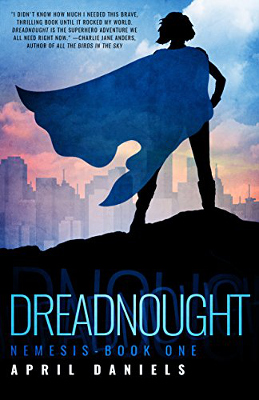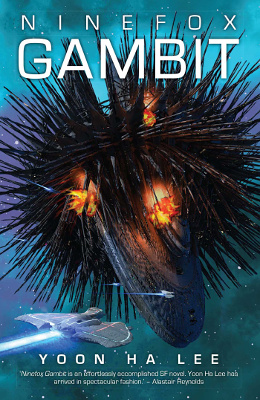 Developer: jumpsuit entertainment
Developer: jumpsuit entertainment
First Release: 17th January, 2017
Version Played: PC (Steam)
Available: Steam
A girl is determined to save her father from death using the power of fungi.
This is a puzzle game based on navigating little fungus people (gammies) to launch pads, so they can fly away. Getting there involves crossing caterpillar bridges and other obstacles. The gammies are marked by a colour and a shape, which dictates which obstacles they can cross. The design of the puzzles is clear. Using colours and shapes gives a backup for anyone who can’t use one or the other, which is helpful for colourblindness or not being able to see fine detail very well.
The difficulty of the puzzles increases slowly. New mechanics have a simple level to show how they work. However, the text instructions for how things work are sparse. This won’t be a problem for most players most of the time, but some players may need a little more guidance to get started.
Progress through the game is split into acts, which slowly take the player higher up a structure. Each act has a distinctive art theme, which reflects the feel of the story at that point. I loved the style of the art. It’s hand drawn and whimsical, in a twisted fungal kind of way.
The story is told through text, which appears at the start of the levels and acts. It floats between memories of the girl and her father, and trying to save him using the gammies. Other uses of fungi are also hinted at, suggesting a world where fungal things are integral to everything. It’s a non-linear approach to storytelling that I see more often in short stories than games, and it fits very well here.
Image Caption: A raised structure of pathways is surrounded by mist. The structure has an organic feel in muted earth tones. Bright caterpillar bridges in blue (with circles), red (with squares) and purple (with Ds) join the sections. Three gammies fly helicopter-style from fungal launch pads. This is what happens on finishing a level. The gammies are little fungus people with faces and colours/shapes to match the bridges.
The progression of the art and story was balance well through the acts. The puzzles were mostly spaced well, as each act introduces a few new things. The exception was act seven, which saw a change in scenery, but no new mechanics. This was the weakest act for me, as the gameplay felt like it was staying on a level rather than advancing. That’s not a strong criticism though, as mainly I felt the game kept things fresh with new gameplay elements.
I enjoyed the game and would recommend it. The shape and colour concept of the puzzles was interesting, and it was very relaxed as there was no time limit. The art and story were great. Everything combined together to create something unique. It took me around five hours to complete the puzzles, but could take more or less time depending on skill. Though this is generally a cute game, note that the story does involve death and medical procedures. Lame is used as an insult at one point.
[A copy of this game was received from the developer for review purposes]

 Series: Nemesis, #1
Series: Nemesis, #1 Series: Ladybirds for Grown-Ups
Series: Ladybirds for Grown-Ups Series: Machineries of Empire, #1
Series: Machineries of Empire, #1 Developer: The Chinese Room
Developer: The Chinese Room